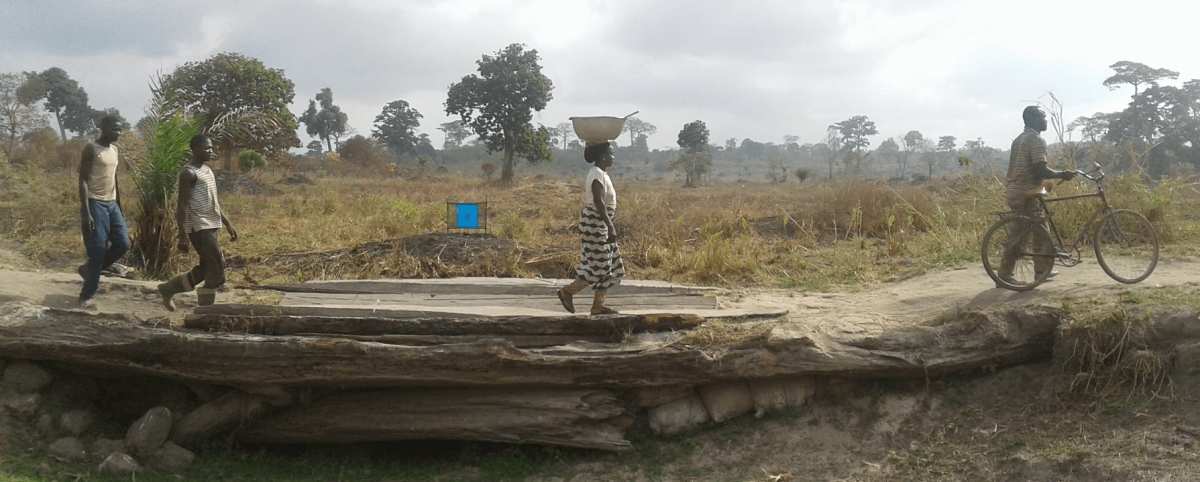- Home
- Worldwide
- CIRAD worldwide
- Projects
- Trypa-NO II project
Programme to eliminate African trypanosomiasis - Trypa-NO! phase 2

Issues
African trypanosomiasis is a fatal disease caused by a parasite, transmitted to humans through bites by infected tsetse flies. Endemic in 36 Sub-Saharan African countries (65 million people at risk), it has caused numerous epidemics in the continent over the last century. The first phase of the Trypa-No project (2016-2019) was aimed at eliminating Trypanosoma brucei gambiense human African trypanosomiasis as a public health problem by 2020 in Côte d’Ivoire and Uganda, and reducing cases by 90 % in the Republic of Guinea and Chad. This second phase continues the project’s activities in the four countries and aims for elimination, thanks to innovative strategies.
Description
Medical activities (diagnosis and treatment) are implemented simultaneously with tsetse control activities in active foci of the disease, while taking account of possible animal reservoirs. The role of pigs in particular as animal reservoirs of T. b. gambiense will be the subject of experimental studies in Burkina Faso, in order to assess the relevance of integrating them into control campaigns. Through control and elimination of the tsetse fly, this project will contribute to improving human and animal health in a “One Health” context.
Targeted technical assistance will be provided for the preparation of elimination dossiers, with a view to their validation by WHO and to post-elimination strategies, initially for Côte d’Ivoire and Uganda.
The project will also help to consolidate the outputs of the first phase, especially the activation of systems to monitor elimination, the implementation of passive and reactive screening strategies, the maintenance or targeted reduction of vector control, and support for resource planning, to ensure the countries are able to maintain their own programmes without external support.
Expected impacts
- The disease will be eradicated as a public health problem in four African countries (direct contribution to the third target of SDG 3: good health and well-being).
- Animal health will be improved, through the control of vector populations.
Contract partners
FIND, IRD-Intertryp, LSTM, CIRDES, IPR, PNLTHA Guinea, COCTU Uganda, IRED and PNLTHA Chad, Vestergaard
























